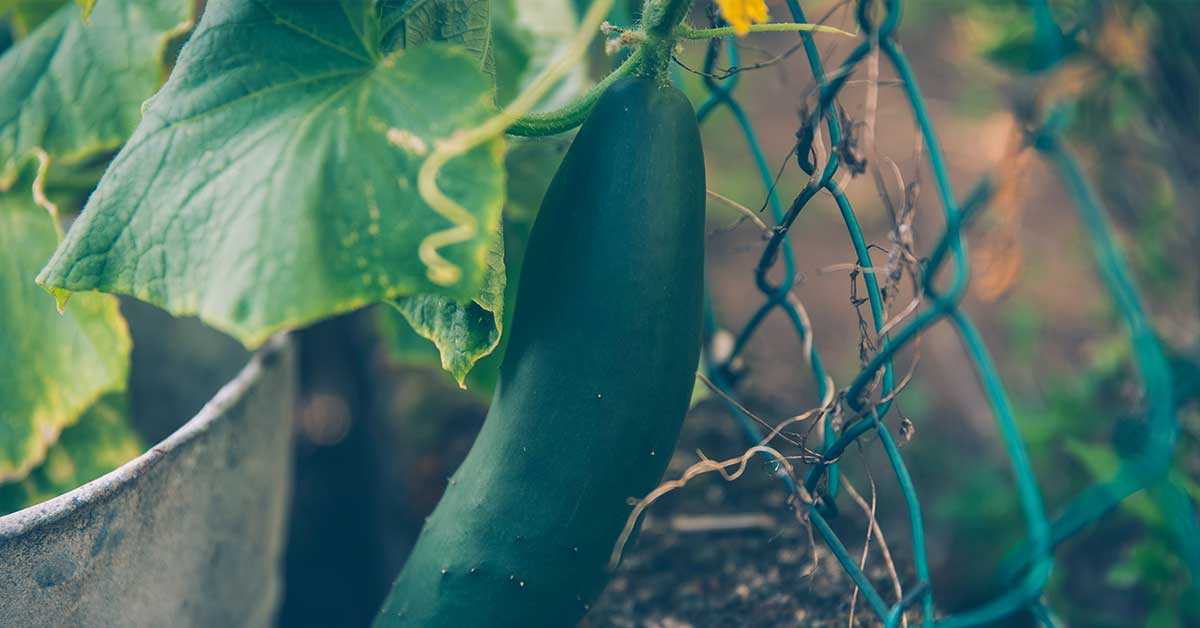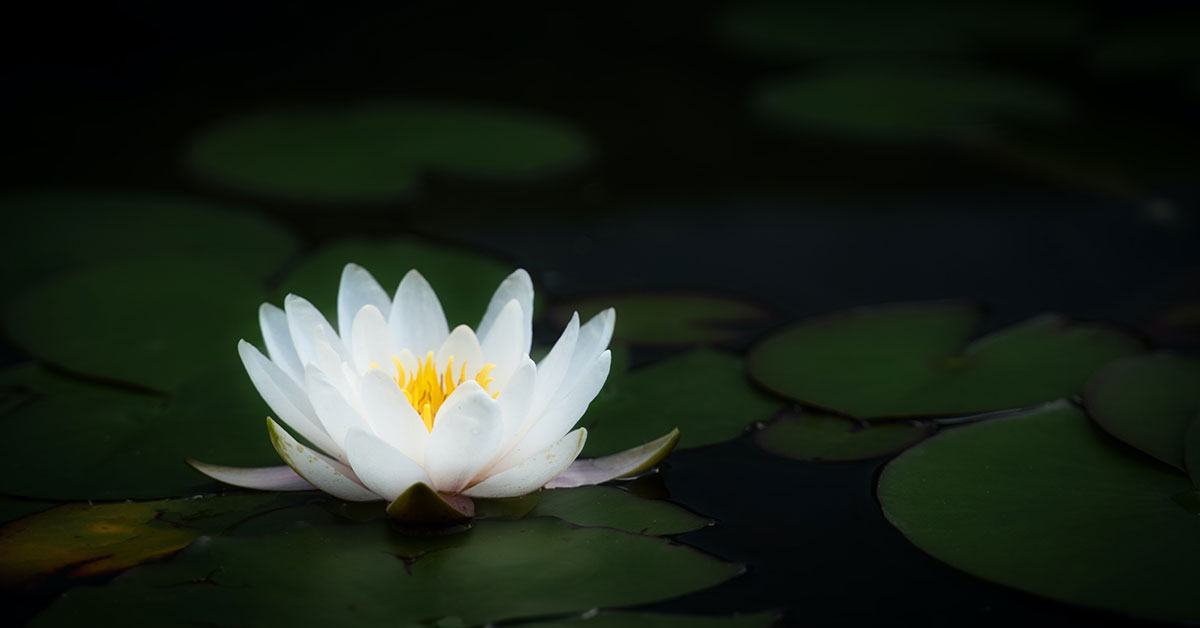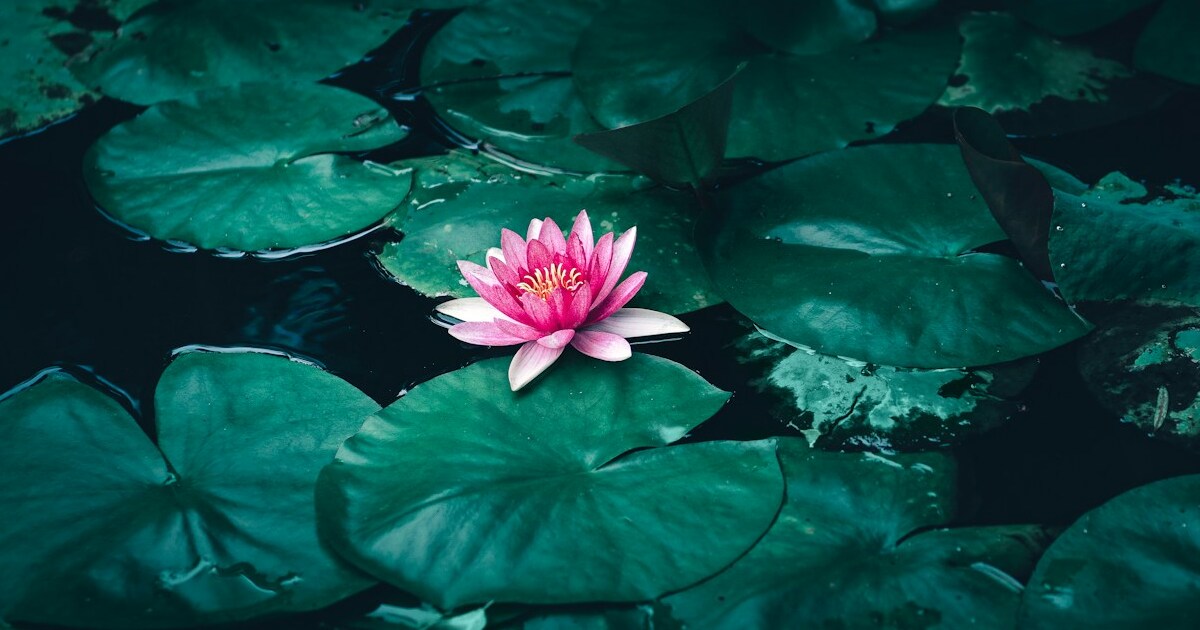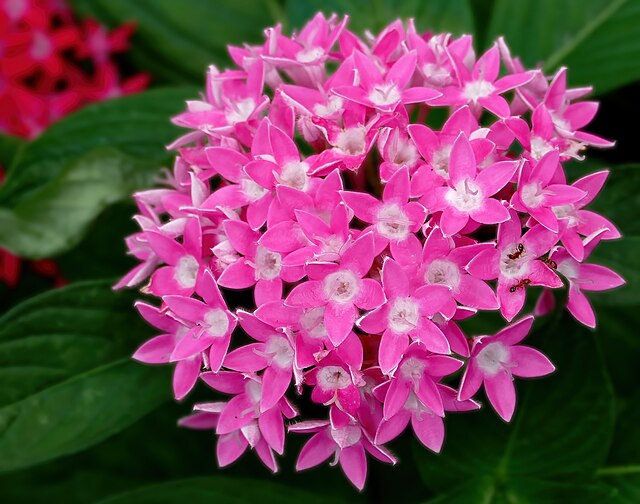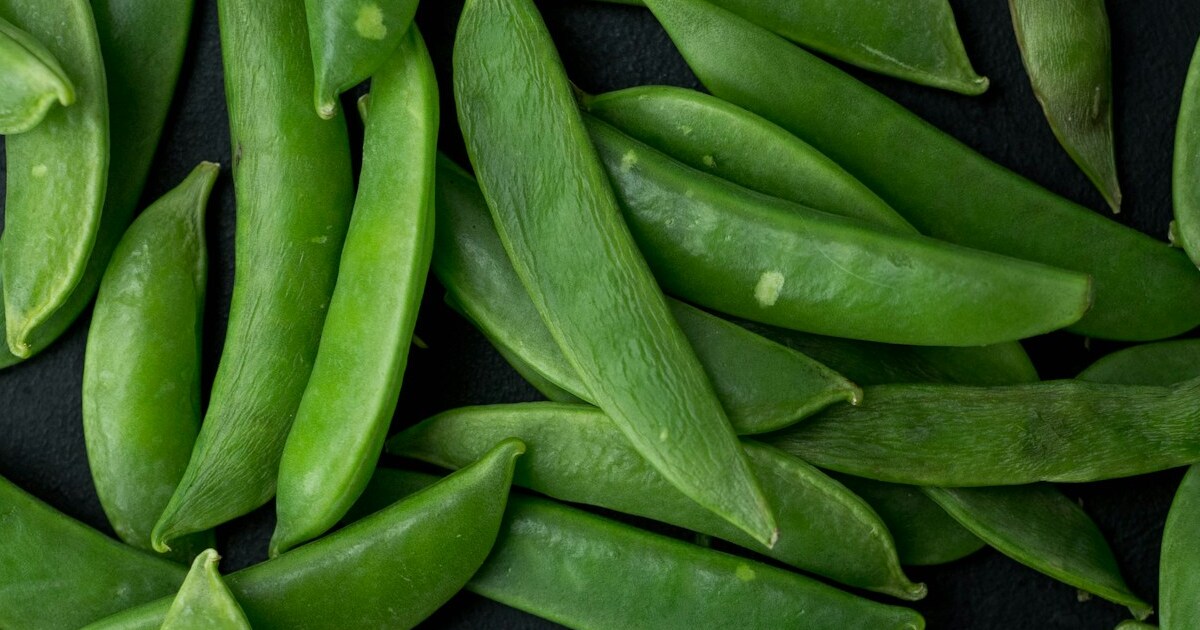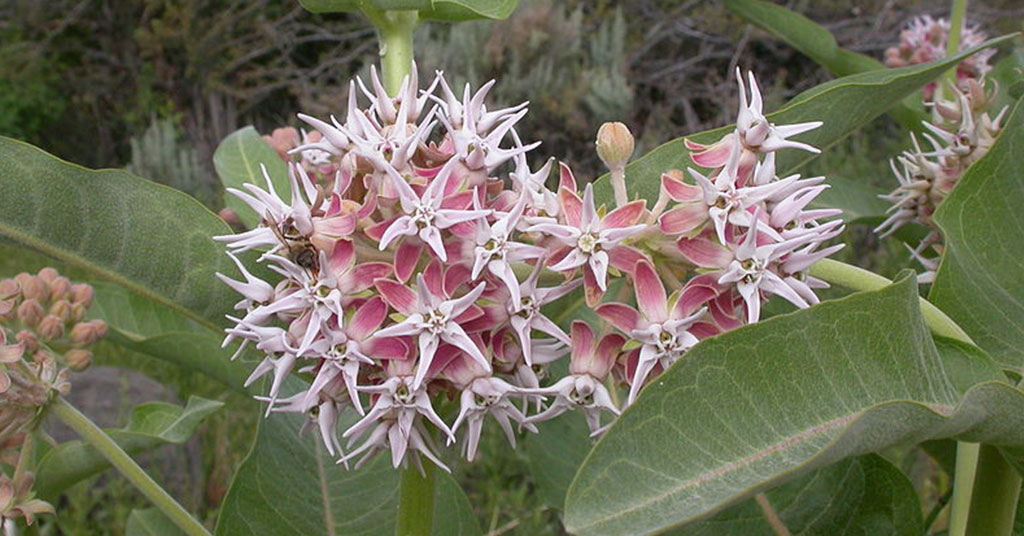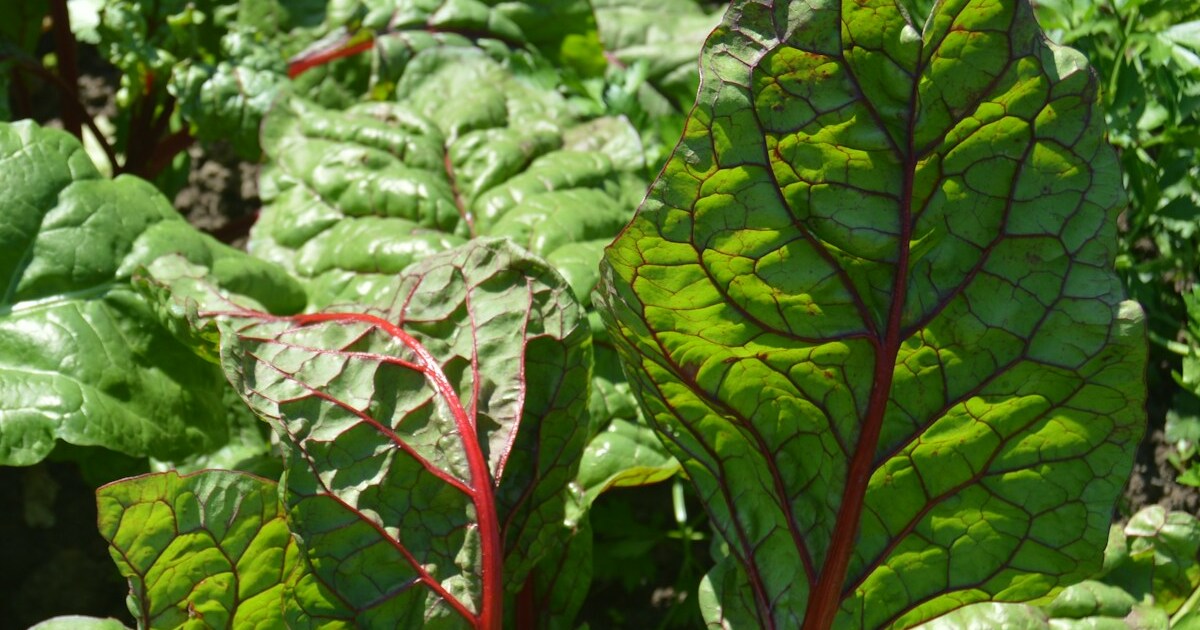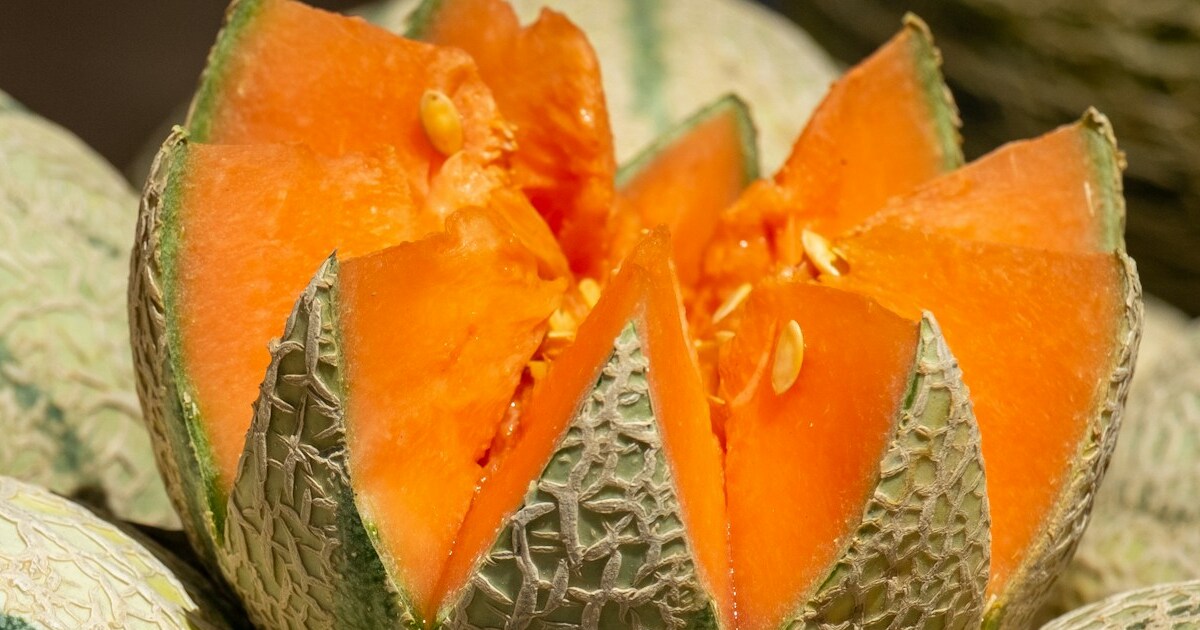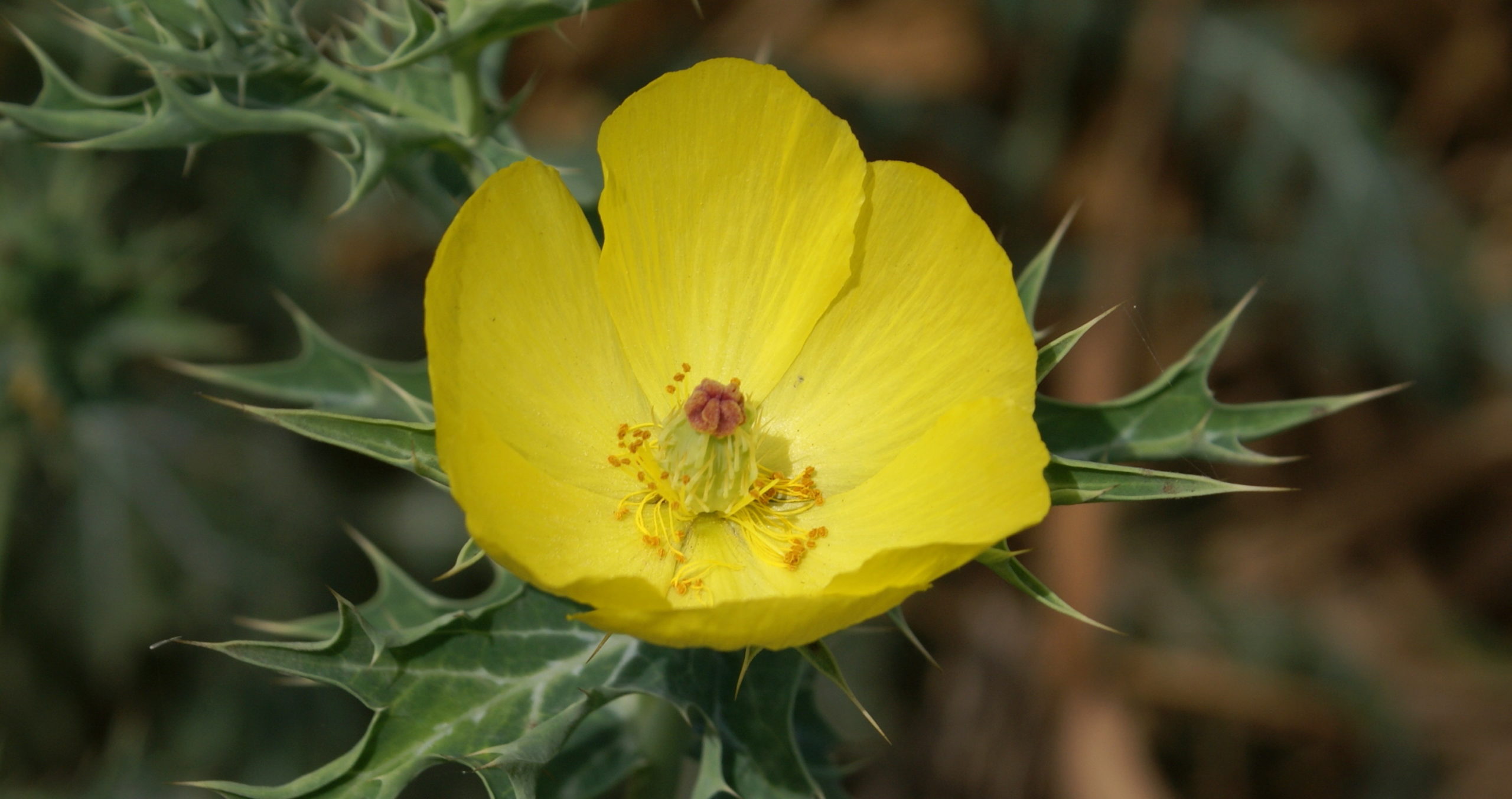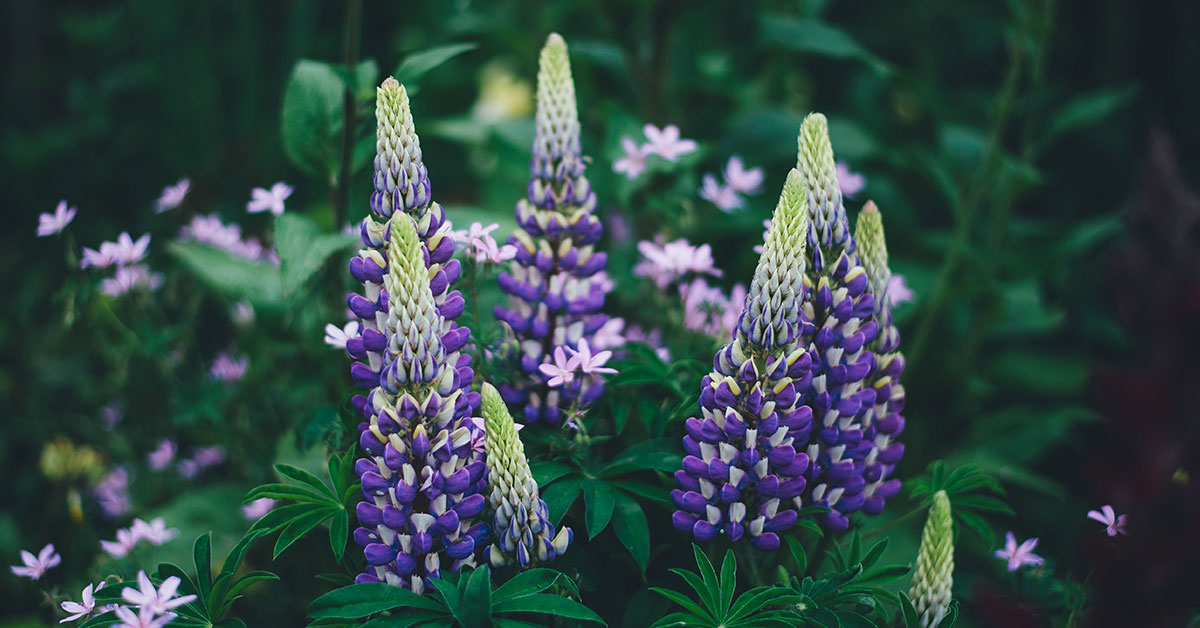Welcome to this informative article about the best time to plant corn in British Columbia! As an experienced gardener, I understand the importance of timing when it comes to planting crops, and corn is no exception.
British Columbia’s unique climate and growing conditions offer both advantages and challenges for corn cultivation. In this article, we will explore the optimal planting window for corn, taking into consideration the region’s weather patterns, soil conditions, and frost dates.
Whether you are a seasoned farmer or a beginner gardener, understanding the best time to plant corn in British Columbia will maximize your chances of a successful harvest. So, let’s dive in and discover the perfect timing for growing this delicious and versatile crop!
Best corn varieties to grow in British Columbia
There are several varieties of corn that do well in British Columbia’s climate. Here are a few popular ones:
- Luscious: This is a sweet bi-color corn variety that is known for its excellent taste and tender kernels. It matures in about 75-80 days and is well-suited for growing in British Columbia.
- Kandy Korn: This is another sweet corn variety that is popular for its delicious flavor. It has yellow kernels and matures in about 75-80 days. Kandy Korn is known for its high yield and disease resistance.
- Silver Queen: This is a popular white corn variety that has been a favorite among gardeners for many years. It has a rich, creamy flavor and matures in about 90-100 days. Silver Queen is a good choice if you prefer white corn.
- Peaches and Cream: This is a bi-color corn variety that is famous for its sweet and creamy taste. It has both yellow and white kernels and matures in about 75-80 days. Peaches and Cream is known for its high yield and disease resistance.
- Ambrosia: This is a popular hybrid corn variety that is known for its exceptional sweetness. It has yellow and white kernels and matures in about 75-80 days. Ambrosia is a good choice if you prefer a sweeter corn variety.
When choosing a corn variety, it’s important to consider factors such as taste preference, maturity time, and disease resistance. Additionally, make sure to check the seed package or consult with local nurseries to ensure that the variety you choose is suitable for your specific region in British Columbia.
When to plant Corn in British Columbia
In British Columbia, the province is divided into several hardiness zones, which determine the suitability of different plants for specific regions. The hardiness zones in British Columbia range from 4a to 9a, with 4a being the coldest and 9a being the mildest. Let’s take a closer look at each zone and discuss the best time to plant corn in British Columbia.
- Zone 4a: This is the coldest zone in British Columbia, found in the northeastern part of the province. Corn is not typically recommended for this zone due to the short growing season and cooler temperatures. However, if you do wish to grow corn in this zone, it is best to start seeds indoors in late April to early May and transplant them outdoors in late May or early June once the soil has warmed up.
- Zone 4b: This zone covers parts of the interior and southeastern British Columbia. Similar to Zone 4a, corn is not the ideal crop for this zone due to the shorter growing season. If you still want to grow corn here, follow the same timeline as mentioned for Zone 4a.
- Zone 5a: This zone covers parts of the interior and southern British Columbia. Corn can be successfully grown in this zone, but it is important to choose early-maturing varieties. Plant corn seeds directly outdoors in late May or early June when the soil has warmed up. You can also start seeds indoors in mid-April and transplant them outdoors in late May.
- Zone 5b: This zone is found in the southernmost parts of British Columbia, including Vancouver Island and the Lower Mainland. Corn can be grown well in this zone. You can start planting corn seeds directly outdoors in mid-May or early June. If you wish to start seeds indoors, do so in late March or early April and transplant them outdoors in late May.
- Zone 6a: This zone covers the central parts of British Columbia, including the Cariboo and Thompson-Nicola regions. Corn can be grown successfully in this zone. Plant corn seeds directly outdoors in mid-May or early June. If you prefer to start seeds indoors, do so in late March or early April and transplant them outdoors in late May.
- Zone 6b: This zone covers parts of the central and southern interior of British Columbia. Corn can be grown well in this zone. Plant corn seeds directly outdoors in mid-May or early June. If you wish to start seeds indoors, do so in late March or early April and transplant them outdoors in late May.
- Zones 7a to 9a: These zones cover the southwestern coastal regions of British Columbia, including Vancouver, Victoria, and the Gulf Islands. Corn thrives in these milder zones. Plant corn seeds directly outdoors in mid-April to early May. Starting seeds indoors is not necessary in these zones.
It is important to note that these planting times are general guidelines, and the actual planting time may vary based on local weather conditions and microclimates. It is always best to monitor the soil temperature and local weather forecasts to make an informed decision about when to plant corn in your specific location.
When to harvest Corn in British Columbia
The optimal time to harvest corn in British Columbia is typically in late summer or early fall, around August to September. However, the exact timing can vary depending on the specific variety of corn you are growing and the local climate conditions. It is important to monitor your corn plants closely for signs of maturity, such as dry and brown husks, and test a few kernels to ensure they are fully developed and at the desired level of sweetness before harvesting.
Other considerations
When growing corn in British Columbia, there are several additional considerations to keep in mind:
- Climate: British Columbia has a diverse climate, with different regions experiencing varying temperatures and rainfall patterns. Choose corn varieties that are suitable for your specific microclimate. Look for varieties with a shorter maturity period to ensure they can fully ripen before the colder temperatures arrive.
- Heat requirements: Corn is a warm-season crop that requires a certain amount of heat to grow properly. Ensure that your planting location receives full sun exposure for at least 6-8 hours a day to provide the necessary warmth for corn plants.
- Soil preparation: Corn prefers well-drained soil with a pH level between 6.0 and 7.0. Before planting, amend your soil with organic matter such as compost or well-rotted manure to improve its fertility and drainage capabilities.
- Planting technique: Corn is wind-pollinated, so it is best to plant the seeds in blocks or multiple rows instead of a single long row. This helps to increase the chances of successful pollination and kernel formation. Space the plants about 12-18 inches apart within the rows.
- Watering: Corn plants require consistent moisture, especially during the ear development stage. Ensure that the soil remains evenly moist but not waterlogged. Regular watering is particularly important during dry spells or hot summer months.
- Fertilization: Corn is a heavy feeder and benefits from regular fertilization. Prior to planting, incorporate a balanced, slow-release granular fertilizer into the soil. Additionally, side-dress the corn plants with nitrogen-rich fertilizer once they reach a height of about 12 inches and again when tassels begin to form.
- Pest and disease management: Corn can be susceptible to various pests and diseases, such as corn earworms, cutworms, and common rust. Monitor your plants regularly for signs of damage or infestation and take appropriate measures, such as using organic pest control methods or selecting disease-resistant corn varieties.
- Harvesting: Corn is ready to harvest when the silks have turned brown and the kernels are plump and milky. It is crucial to harvest corn at its peak freshness, as the sugars in the kernels start converting to starch soon after picking. Ideally, harvest the corn and consume it within a few hours for the best taste and texture.
By considering these factors, you can increase your chances of successfully growing corn in British Columbia.




